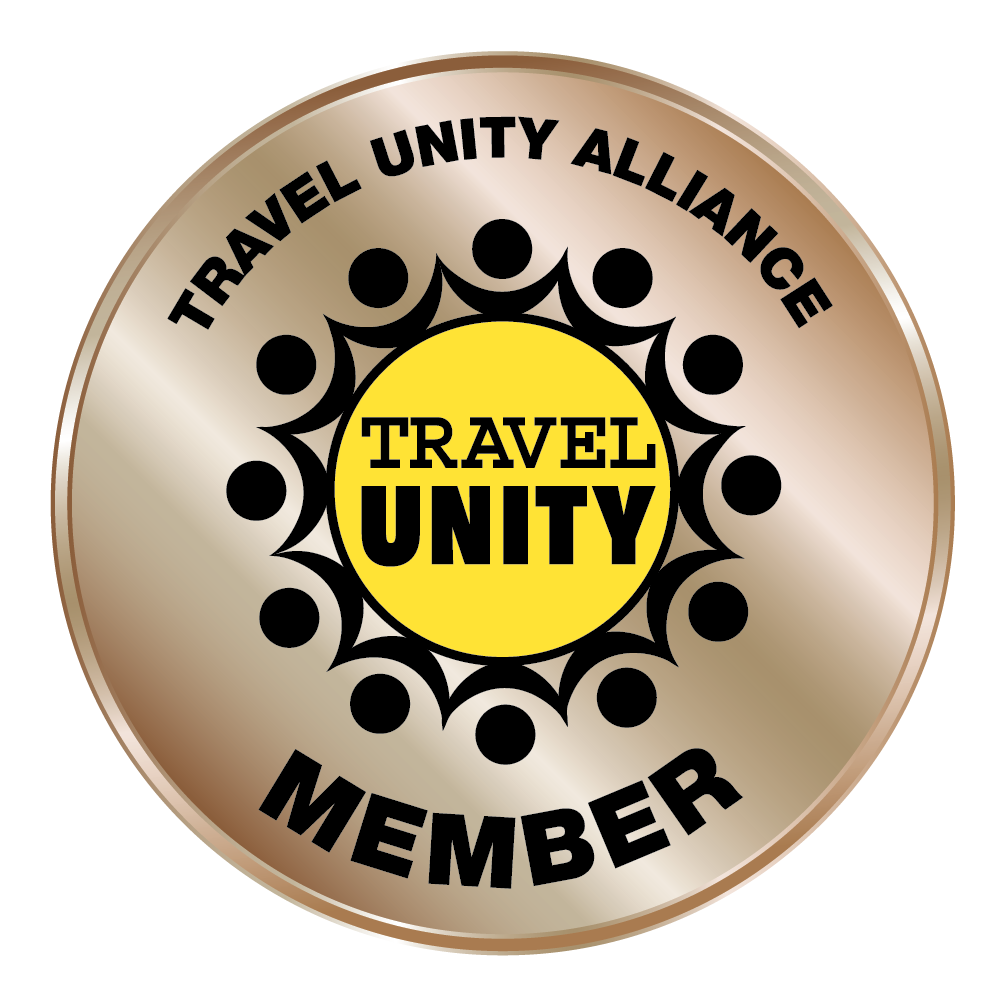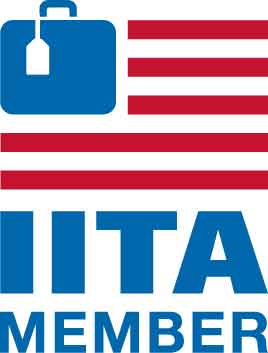Permit System Aims to Protect Wilderness Areas in the Central Cascades
The Central Cascades offer some of the most popular and breathtaking trails and scenery not just in the Willamette Valley, but across the entire Pacific Northwest.
What were once under-the-radar gems are now star attractions with outdoor adventurers coming from far and wide to enjoy Mt. Jefferson, the Willamette National Forest, and much more. With increased use comes increased impact on these fragile environments, spurring the U.S. Forest Service (USFS) to create and implement a new permitting plan to protect the most used areas.
That plan is now active as the Central Cascades Wilderness Permit System, which establishes strict limits on how many groups can hike or overnight in certain areas of the Mt. Jefferson, Mt. Washington and Three Sisters Wilderness areas in the Willamette and Deschutes National Forests.
With so many changes this season, we've put together a short guide answering some of the most common questions about the plan.

When are permits required?
Permits are required June 15-October 15, 2023 (with the general season being mid-June through mid-October).
Which trailheads and areas will require a permit?
In all, 19 trails will require day-use permits, and all 79 trails across the three wilderness will require overnight permits. Those trailheads include:
- Mount Jefferson Wilderness: Breitenbush Lake, Duffy Lake, Marion Lake, Whitewater, Pamelia Lake and South Breitenbush & Crag (Note that many trails in the Mount Jefferson Wilderness were impacted by wildfire in 2020 and remain closed in 2021.)
- Mount Washington Wilderness: Benson Lake and Tenas Lakes, and the Pacific Crest Trailhead at McKenzie Pass (which accesses Little Belknap Crater)
- Three Sisters Wilderness: Broken Top Trailhead, Crater Ditch, Devils Lake/South Sister, Green Lakes/Soda Creek, Obsidian, Quinn Meadow, Scott, Sisters Mirror, Tam McArthur Rim and Todd Lake
Limited-entry permits are required for all overnight stays in the Mt. Jefferson, Mt. Washington, and Three Sisters Wilderness areas.

Why is the USFS implementing this plan?
These fragile areas have seen increasing use over the last decade and record use in the last two years. This permitting system aims to limit traffic to protect sensitive areas and spread out use throughout the week, as opposed to weekends and holidays alone.
How much will permits cost?
There will also be a $1.00 fee per individual for day-use permits and a $6.00 processing charge per group (for up to 12) for overnight-use permits. These fees help fund the operating costs of the system.
How many permits will be available, and how many people can use one permit?
Each trailhead has a different number of day-use and/or overnight permits available. Each day-use permit covers one person, while 12 people may use one overnight permit at the same time when traveling as a group.
It is worth noting that 60 of 79 day-use trailheads in the Mt. Jefferson, Mt. Washington, and Three Sisters wildernesses will not have trail quotas and only require a self-issued, free permit that can be found at the trailhead.

When will permits go on sale and where can I buy them?
Reservations for limited-entry overnight permits open at 7 a.m. on the first Tuesday in April, while reservations for day-use permits open at 7 a.m. 10 days before the first day of the season-and then on a rolling basis thereafter; a small number of permits are then released two days out on a rolling basis, as well.
All reservations can be made one of two ways: through recreation.gov or by calling (877) 444-6777. Learn more about reserving permits on the official U.S. Forest Service website.
What will permit availability look like for the various permits?
Overnight use and day-use permits are separate.
Overnight permits fall into two categories:
- Initial permits released in early April (for the whole summer season)
- Permits released on a rolling basis seven days prior to the start of a trip.
There is one day-use permit; these are released on a rolling basis-10 days and two days prior to the start of a trip.

Will the Northwest Forest Pass or daily recreation pass be required at trailheads?
If a trailhead currently requires a recreation pass (such as the Northwest Forest Pass or a daily recreation pass), the limited-entry permit does not cover that requirement, and visitors will need to display the appropriate additional pass in their vehicle.
Where can I find more information?
The USFS explains the permitting plan and system in detail here.
What if permits are sold out?
If you can't obtain a permit, don't fret. There are plenty of other incredible outdoor areas to explore within the Willamette Valley. Check out some of our favorite hikes here.








